Peer Review Presentations
Week 11 CRJ Independent Feedback
Week 11 Interim Feedback
Week 11 Activity Peer Review Presentations and Feedback
Transcript
I talk about my abstract expressionistic, even surreal work originally related to commemoration. I cover aspects of our existence around our glow which I record and relate to others. I mention care over unintended consequence of identification with events present, in the past and laid open to the future. I mention only a few of the painters or photographers I draw on, then break down the making, into different branches of intent and include the main trade-offs made at for me this halfway point in the course.
This work in the abstract, serves to commemorate family unknown to me as a child. They were never spoken of having died during the Great War, yet I knew their close relatives and I lived within the same culture of Southern Scotland.
I detect and visualise the glow that we emit, myself and close family members and trace back into history each of our various links and this led me to special narratives of the circumstances of the land they left behind and the circumstances they met with, in France and Flanders.
I take photographs of healing and the glow of life aided by the camera and how it detects this when the eye may not, and I remove distraction by removing detail, a kind of insect eye view perhaps just as other species tune into light and heat differently to humans. In the digital darkroom through processing I meet my intent. Detail is distraction. It is the glow I seek out.
If I shake a hand and feel a warmth, that becomes a physical experience that links through biology to certain ancestors long past. In this way I identify with them and experience a connection. Within my project I can portray that connection as an image, and it serves to remind me of them. As a conceptual work it is replicable across other individuals and their own histories. A selfish interest becomes generic. In my experience this work has already had a uniting effect on a family as it had become widely dispersed. It has reacquired focus.
I discovered an unintended psychological impact. In the present, a person I know well enquired then was caused to think of the recent loss of close ones. They were brave as the feeling was raw, and yet they gained solace as their own life force had propagated to ensure survival.
There is a highly complex analysis and yet the discovery was made of a simpler connection that people can use to guide their perceptions of family. We incline to such social constructs as patriarchy for example. The work makes visible lines of social connection at variance with bonds made through close biological connection.
Unlike the work of Chloe Dewe Mathews commissioned by Ruskin College ahead of a centenary commemoration, passed in November, my work started 20 years earlier and with this conceptual work and imagery it will reach far into the future and has the power to bond people who wish to take it up.
Branches of the work exist:
Some images I make, take on horizontals (for me of landscape) and verticals (again for me linked to environment) and there can at times be an uncanny linkage to the paintings of Rachel Howard, from Repetition is Truth via Dolorosa – Newport Street Gallery 2018.
An intent of my theme becomes subtle as it is partly lost in layering and in the development of the work but still can reoccur. These are linked to Scottish cultural themes of blue as a national colour and of tartan as worn by family today and in the past. This is becoming less obvious and less enforced in the work as time goes on.
Another branch of work has become conflicted. They lived their lives in colour and colour represents in us today a vibrancy of our lives and begins to make way to more sombre tone in keeping with sad events.
I used monochrome within a colour sequence to acknowledge moments of mental trauma. I accompany portfolio work with call and response captions and intend this be developed in a rhythmical sense almost as if chant. The interruption of the sequence with monochrome imagery was an alert to mental trauma.
I implement such things almost as intentional hidden layers of meaning. I resist over-simplification as say demonstrated in advertising when an actor as Wordsworth scribbled down, “I went outside and walked about a bit” which after sipping the featured beverage transformed to “I wandered lonely as a cloud”. We’d have to say too that Shakespeare’s work would be a lot easier to read if written in standard Daily Mirror newspaper language.
My visual work is not meant to be pretentious, so moderate layering of meaning only is allowed in order to add some discernment.
Another recent branch of imagery is the sombre monochrome mentioned now sees the addition of glyphs or photograms as original intent. I find now that visual consistency is created throughout when using the sombre style. Before I’d introduced consistency through a square crop which may see a return. It will take some reckoning to fully accept this divergence from original intent from “they lived out their lives in colour”. At present I’m conflicted over adoption of art as an experience, the theme in Rothko’s work. Whilst there seems to be choice, I continue to address the small markings of floor to ceiling height painting (Rothko Chapel) compared to small subject photography and limitations of clinical style photographic matter. Microscopy has been tried, then improved and consistent lighting, yet for what I am doing there are the compromises we all get in close-up work where there is movement.
As my work is not made in camera, and I have a lot of images now comprising mild injury or latterly when injury ran out, memory of impressions on body. I can process more images for the edit (always sensible) before finally resolving the sombre versus celebration.
A further branch of my current work are images as imaginings of faded memory. These serve several viewpoints. From home those remain look out over the sea and remember. Those in the theatre of war gain faded memories of home alongside murky imagery of the battlefield resolved in the mind of myself as author across a century elapsed.
Experience in the presence of artillery gives me special insight into this as surreal. I repeatedly saw a shell explode, then heard the explosion but then heard the gun fire. It is indeed a strange environment far removed from our normal experiences. I cannot but help this relating me to my project. Such things may intuitively help my work along, and in all hope transfer to the viewer through a feeling of authenticity. It does not have to be spelled out.
Another part of Rothko’s work compared to my own is he chose to paint in a partial monobloc style going from edge to canvas edge, right into the corners without central focus. Whereas my work adopts injury or marking as metaphor for the soldier’s experience and serves a purpose of guiding the viewers eye.
As I engage more with the academic side of the course, I find the message I give over the motivation for the work, sometimes becomes mixed with themes of celebration of life of the healing and the glow.
I need time to resolve my decision of sombre and consistent versus celebration and colour. As of today, I will have a portfolio of work in progress which may conflict. If I remain true to myself, I would not be overly happy to start emulating Rothko yet why reject the learning opportunity of this even if it turns out to be a temporary diversion from plan?
I can demonstrate a consistency based on Rothko yet risk a mixed portfolio. At this moment I show a willingness to take onboard learning. Even if it looks like a setback for now at a halfway point, full resolution is still a year away and so I take the risk and the learning opportunity.
As always, the more recent introductions are less settled. With growing practice in making I can hone the visual language. This is true of the introduction of glyphs. They are intended as signs to guide the viewer and help create some visual narrative.
When I look back, I started with natural philosophy as a base, with ideas of the spatial and temporal with themes of information bearing and light and heat detection entering in.
I can recognise algorithm characteristics in digital and I attempt to exploit these when taking a photograph and making an image. In doing so I follow intuition as I seek to make my own art.
I’m very committed to this work as a highly personalised family experience and hope to develop it into book form, with plans of opening it out and generalising the work as an educational piece for entry into a museum context. Here individual narratives of relatives bring to life otherwise dry historical records making any museum visit more engaging to the visitor. Already the principles established create a level of resistance to change in thinking, is what I sense, yet in winning through it soon becomes apparent there is a method here that guides further research into history. It is unique in connecting people through initial lines of enquiry that are seen to expand areas of historical research.
The present time seems opportune for making the work as modern methods get used nowadays in the making of images and again in the support of research. Even in quite recent times, only large institutions could have afforded the means which are more widely distributed today.
I hope you have enjoyed some or perhaps most of this presentation and in anticipation thank you for listening through to the end and I would most certainly value any insights you may be able to give to help me improve my work.
Week 11 Peer Review Video Presentations
Draft Video Presentation
and Transcript
Above is the attempt at the task I decided to submit. Ideally it would have been scheduled to happen during the week to allow a second pass edit, slide re-sequence and captioning.




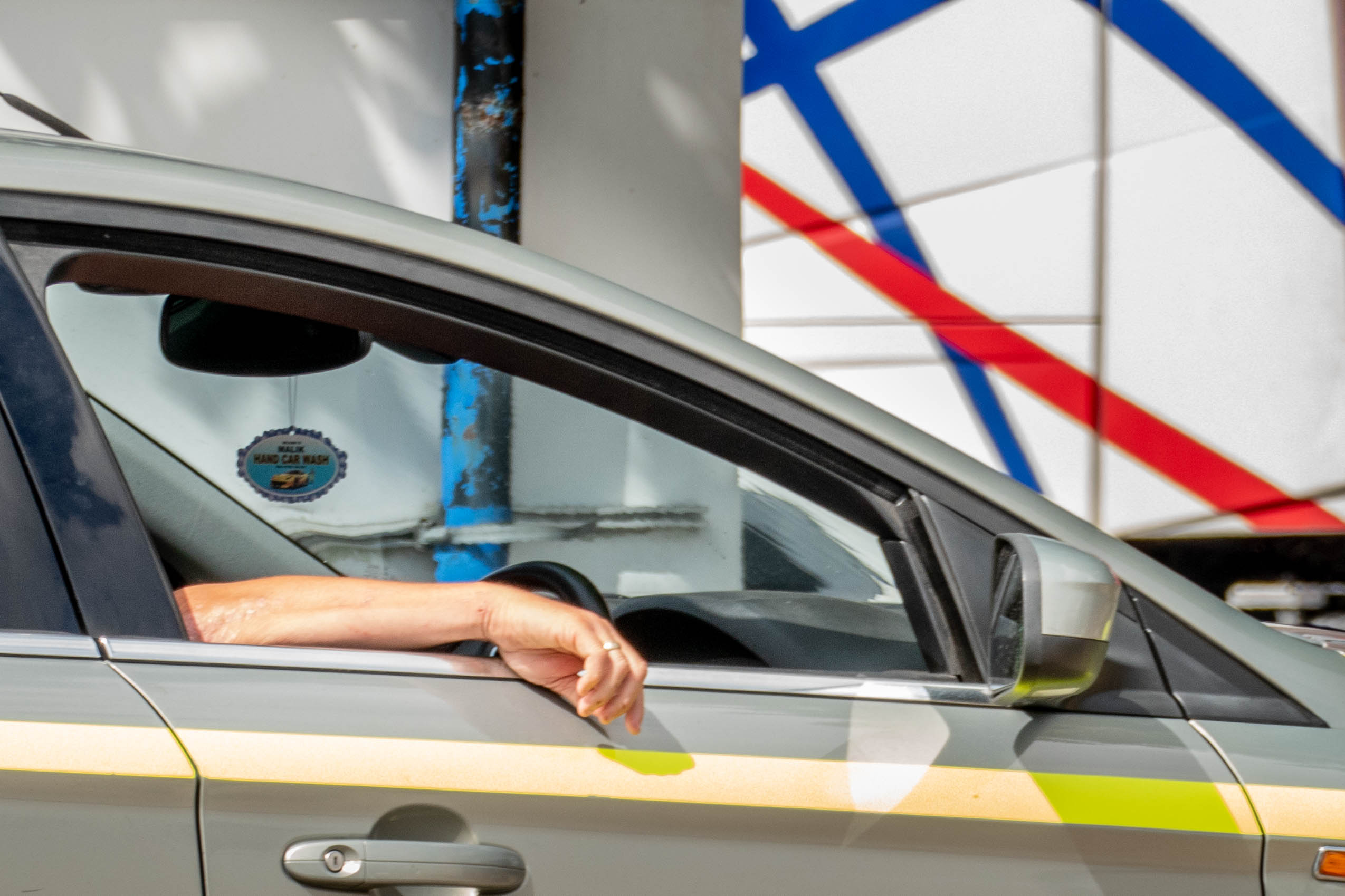
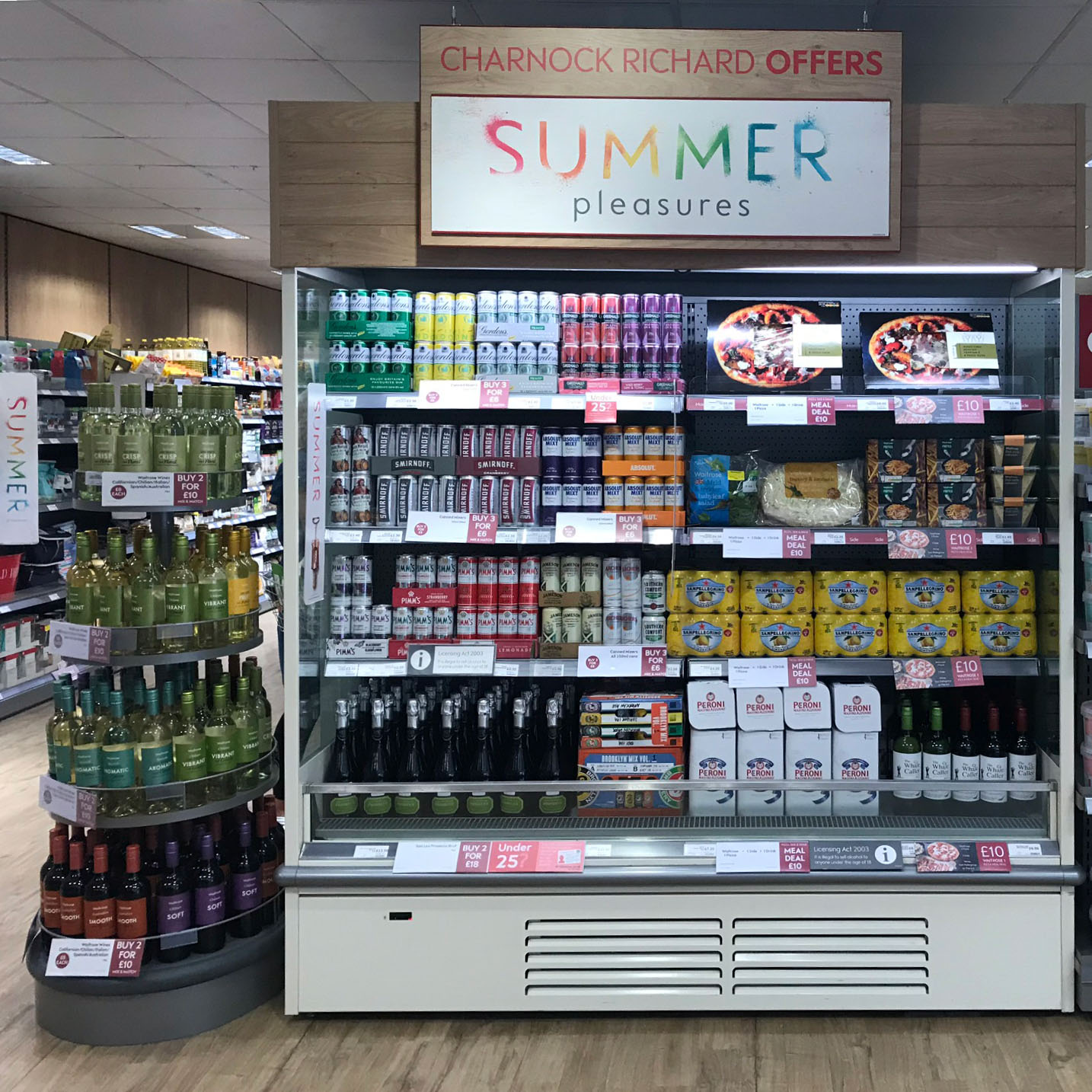
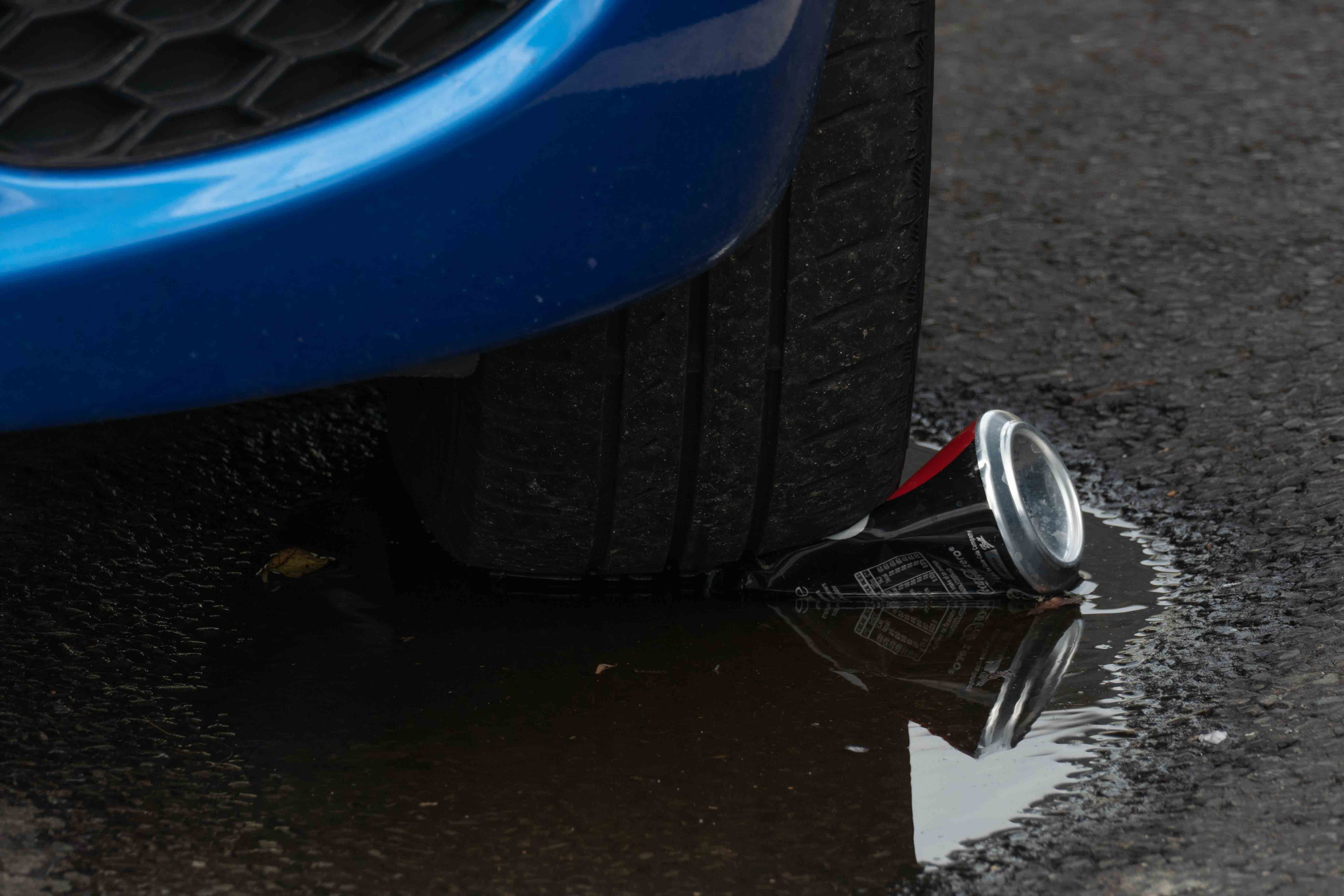
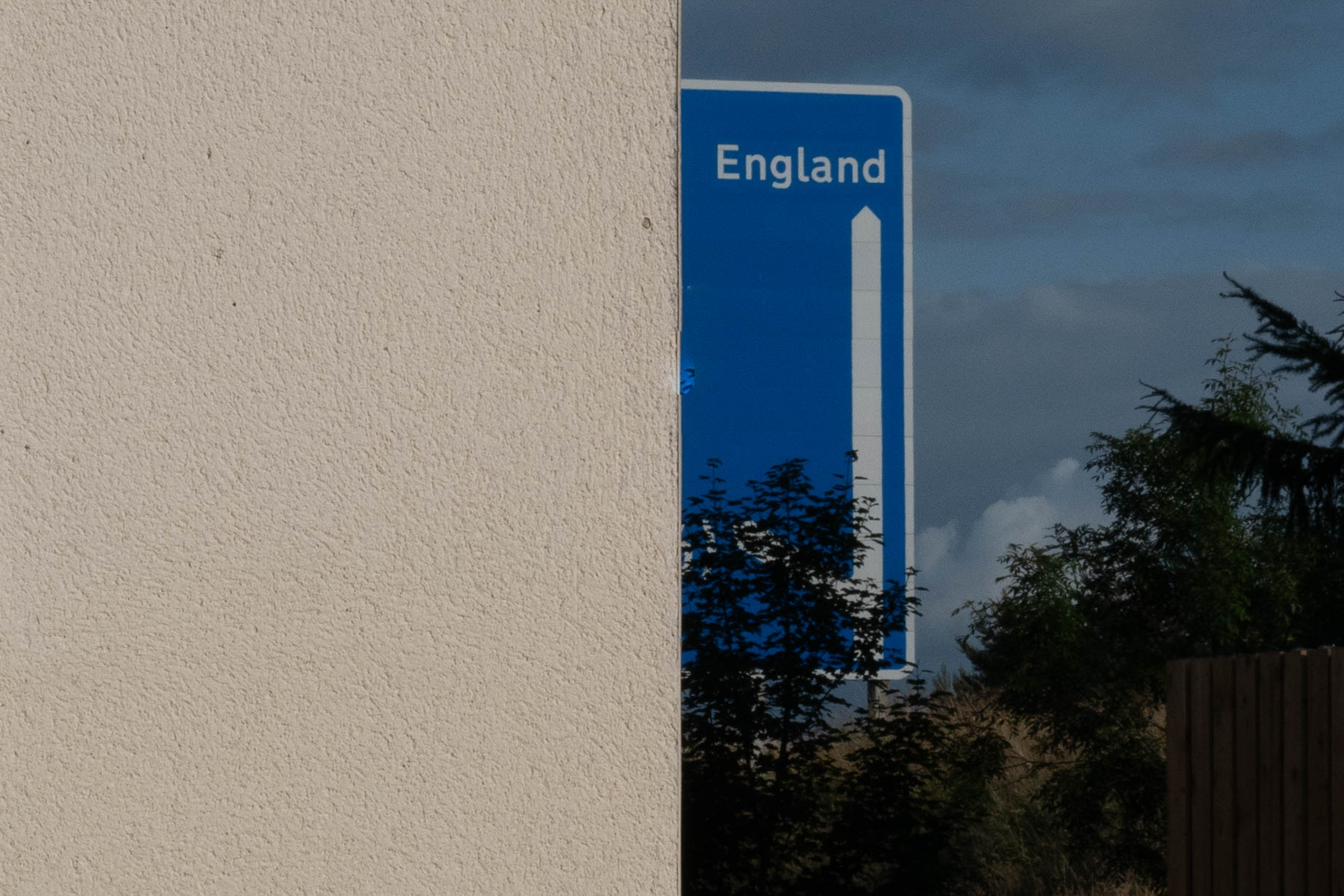
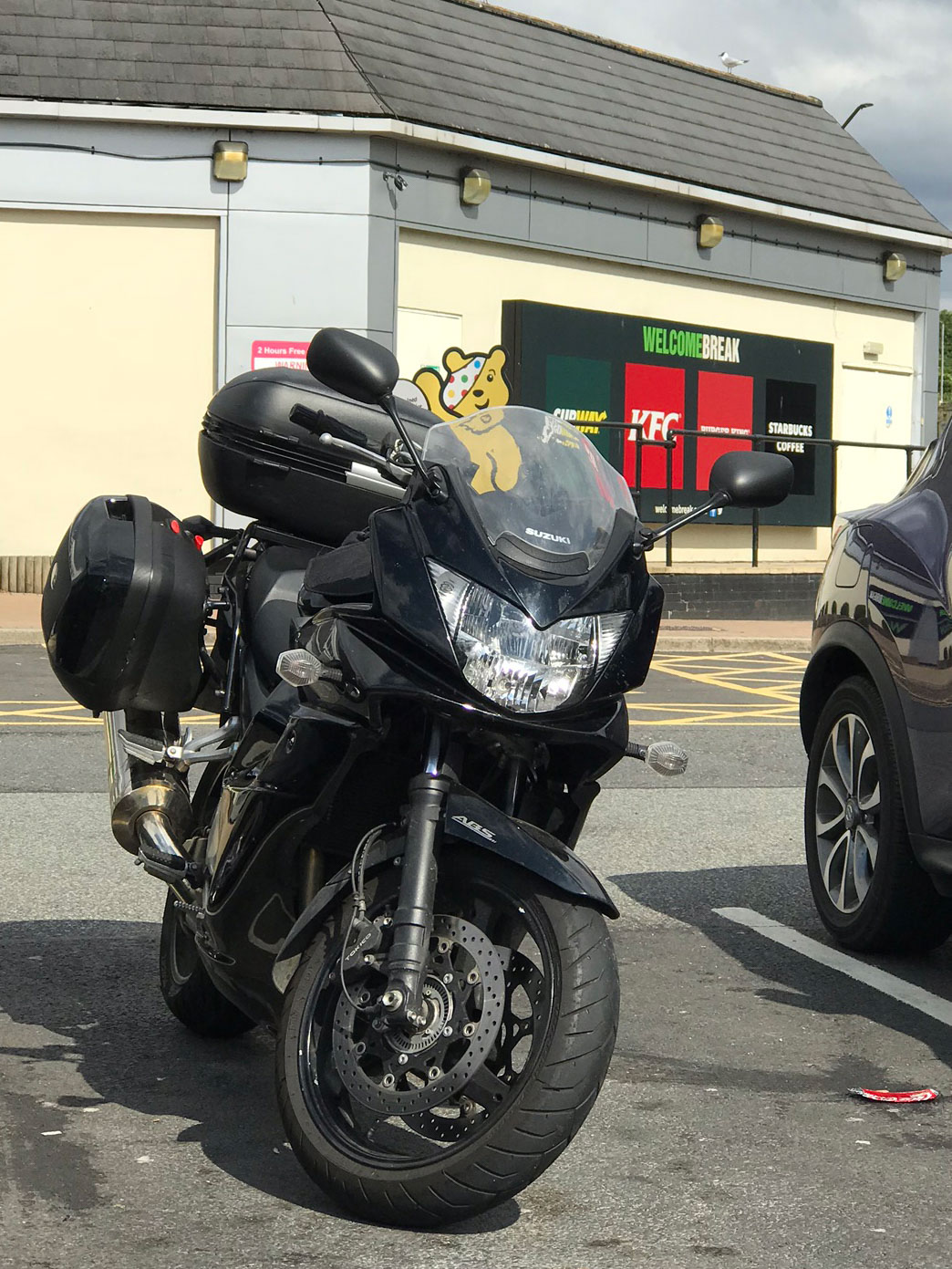

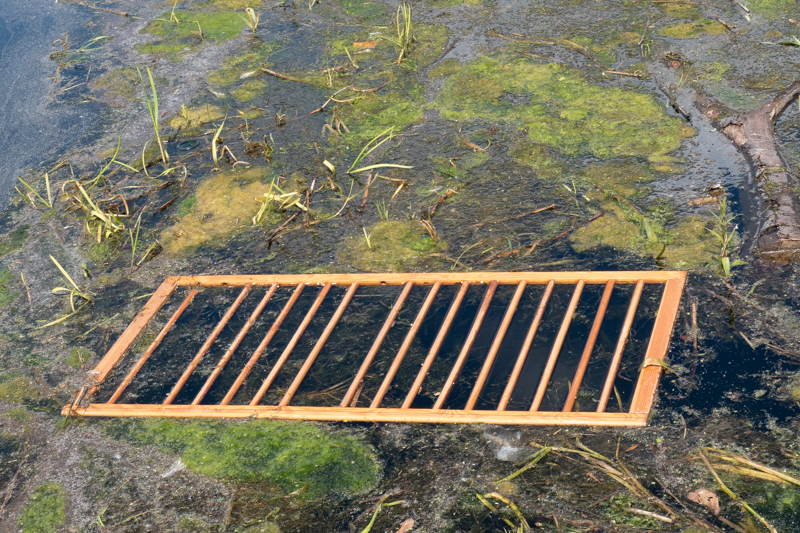

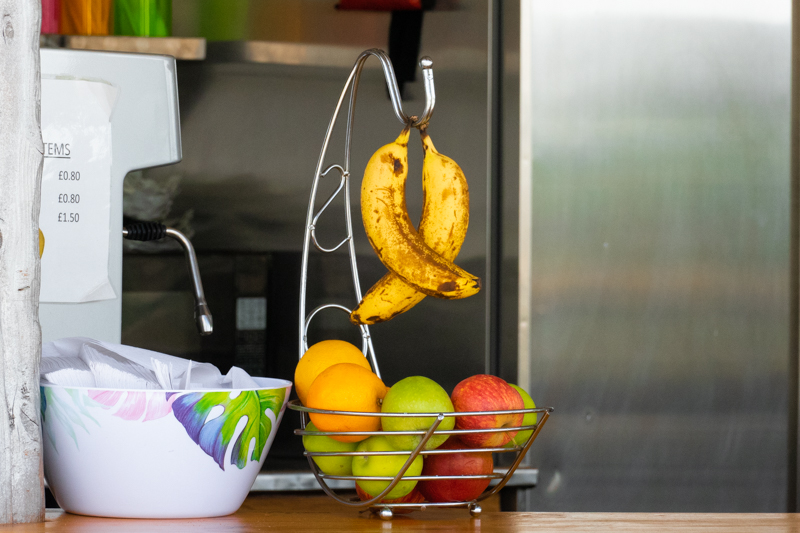
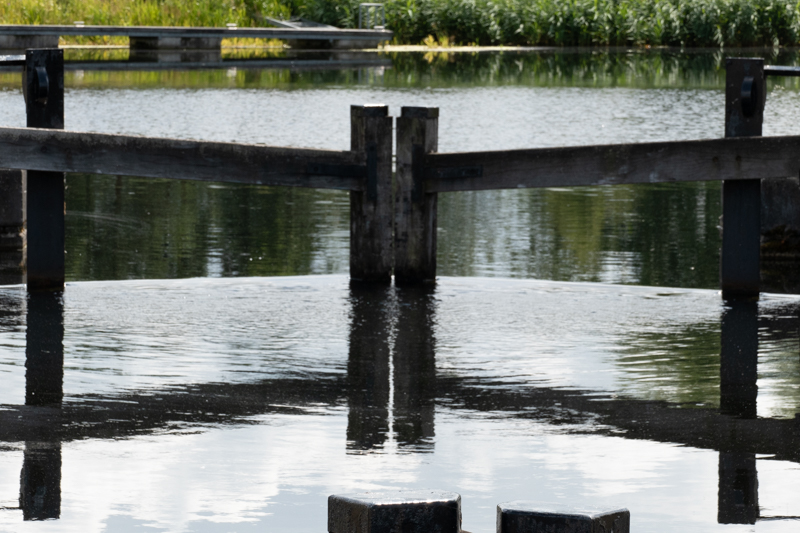
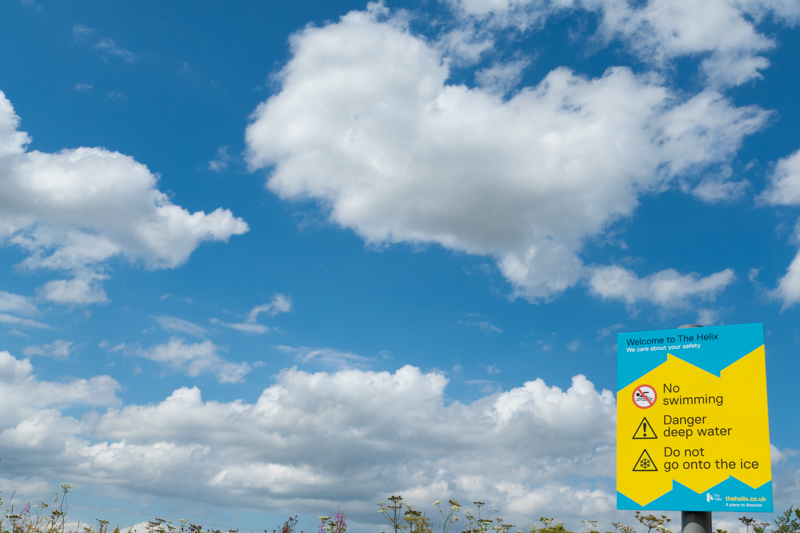
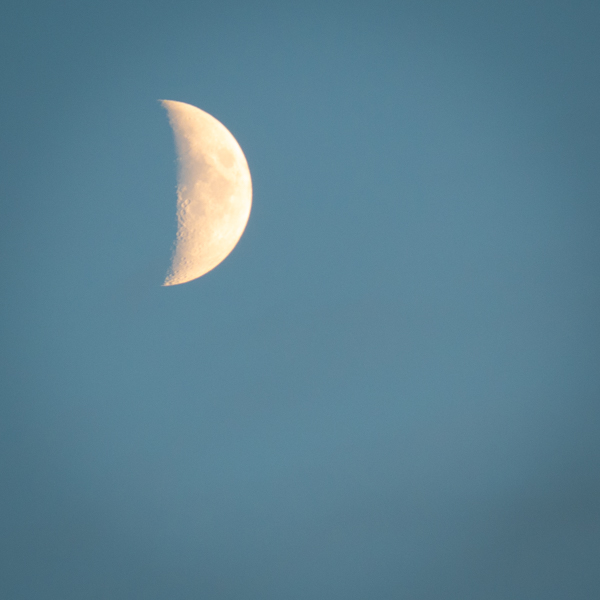
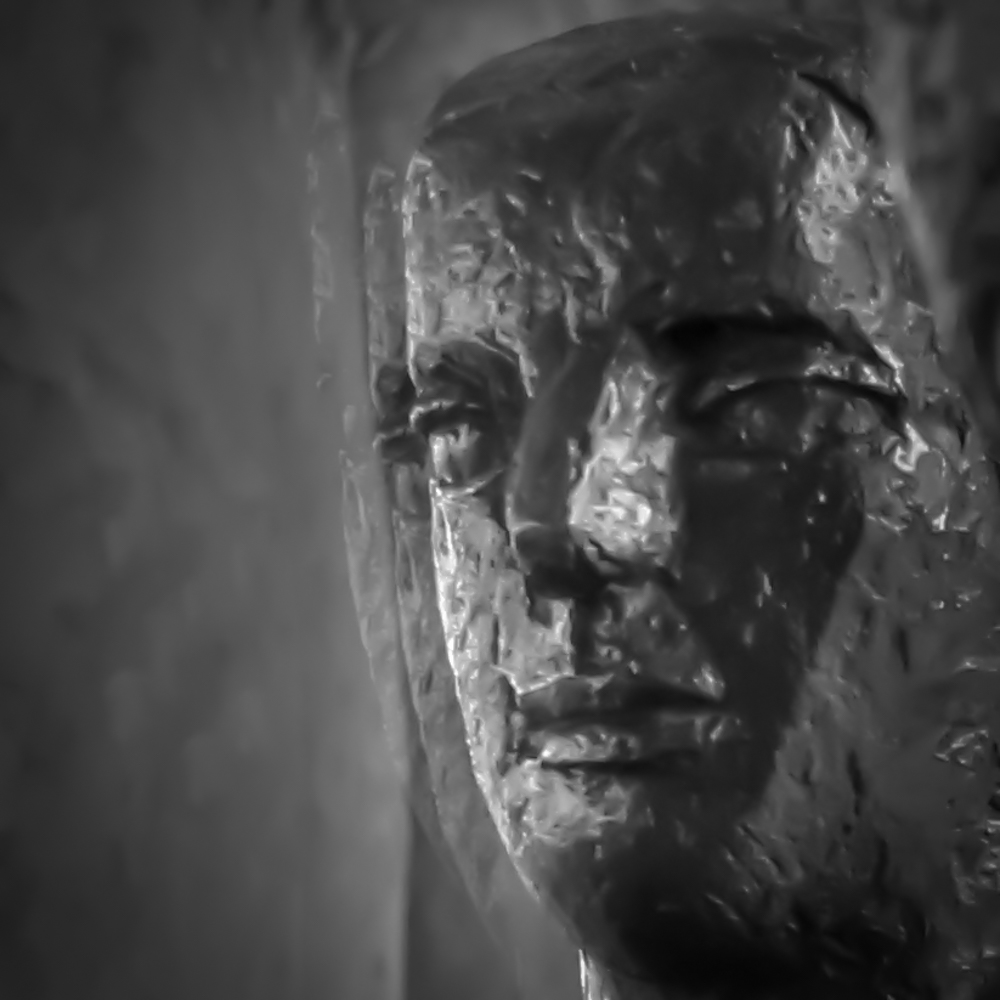
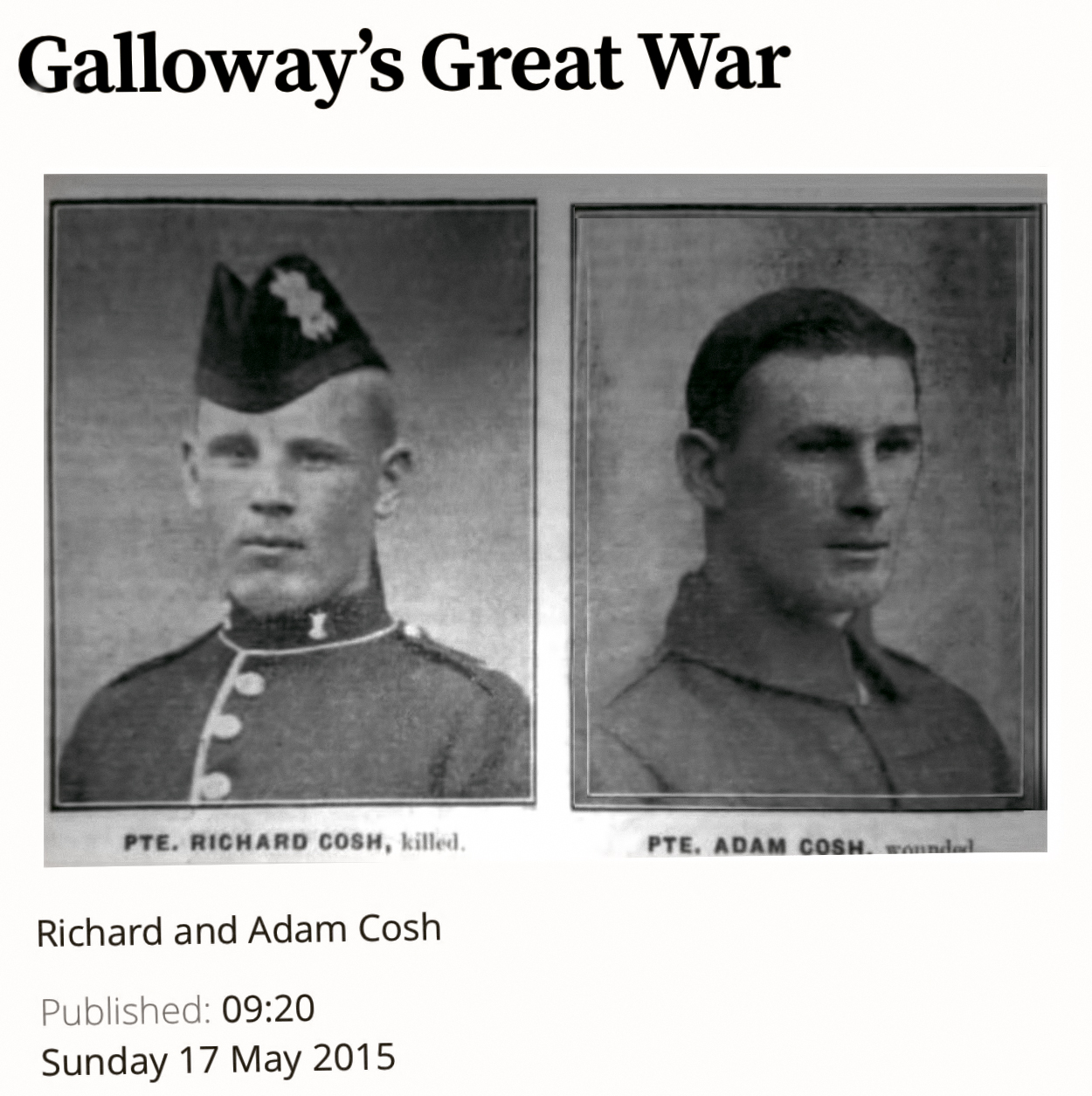 The following link
The following link